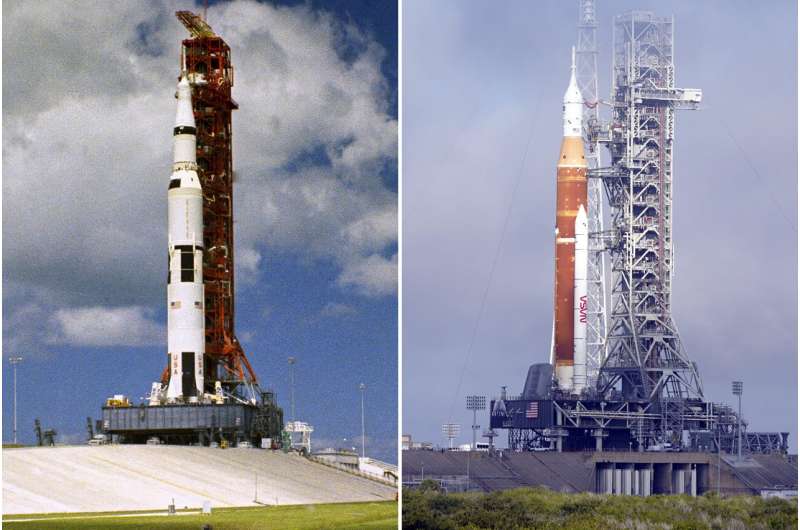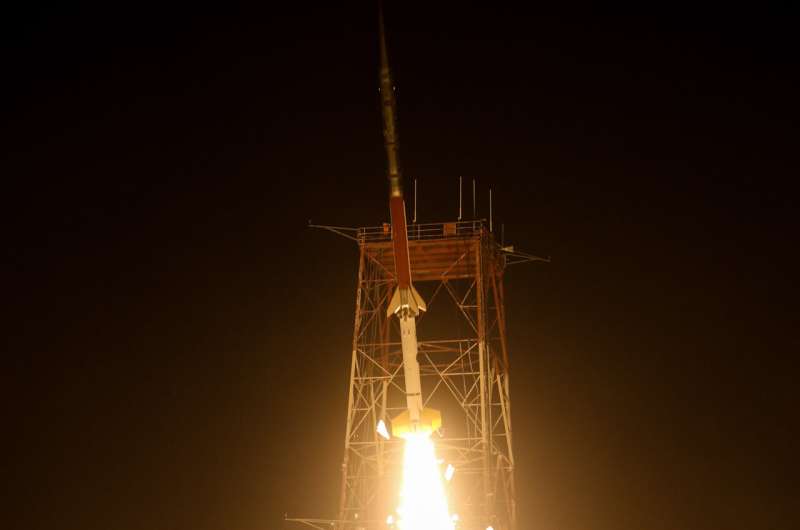
Copernical Team
Slow and steady does it on Sol 3564
 We are making slow but steady progress through the "Paraitepuy pass," having passed the approximate halfway point over the weekend. Today's one sol plan found us staring around the corner at the neck of the pass and considering our drive path forward.
Sometimes, our drive forward is smooth and flat ... neither word can be used here! Our drive forward has abundant sand and sharp rocks, so f
We are making slow but steady progress through the "Paraitepuy pass," having passed the approximate halfway point over the weekend. Today's one sol plan found us staring around the corner at the neck of the pass and considering our drive path forward.
Sometimes, our drive forward is smooth and flat ... neither word can be used here! Our drive forward has abundant sand and sharp rocks, so f Sol 3565: Over, Around, and Through
 We filled much of today's plan imaging the wonders around and ahead of us as we pick our way through "Paraitepuy Pass" - the towering buttes, geologic relationships, and layers that have drawn our attention for a literal decade.
But it is also fun to look back on how we got to where we are. The image above traces a small segment of our path traversing the obstacles that guard the pass - ov
We filled much of today's plan imaging the wonders around and ahead of us as we pick our way through "Paraitepuy Pass" - the towering buttes, geologic relationships, and layers that have drawn our attention for a literal decade.
But it is also fun to look back on how we got to where we are. The image above traces a small segment of our path traversing the obstacles that guard the pass - ov Curiosity Versus the Sand Again: Sols 3566-3567
 The "road" through Paraitepuy pass continues to challenge our intrepid Curiosity rover. We attempted to cross another large sand ripple (formally called a transverse aeolian ridge, or TAR) in Tuesday's plan.
However, we found out this morning that Curiosity had automatically stopped the drive when the rover's wheels slipped more than expected right before they reached the crest of the TAR.
The "road" through Paraitepuy pass continues to challenge our intrepid Curiosity rover. We attempted to cross another large sand ripple (formally called a transverse aeolian ridge, or TAR) in Tuesday's plan.
However, we found out this morning that Curiosity had automatically stopped the drive when the rover's wheels slipped more than expected right before they reached the crest of the TAR. Uranus to begin reversing path across the night sky on Wednesday
 As part of a cosmic phenomenon called retrograde motion, Uranus - the second-to-last planet in our solar system - will reverse its eastward course on Wednesday and begin moving west in the sky for a few months.
Retrograde motion occurs as the Earth moves around the sun and the stellar views at night change little by little. The orbit, in turn, makes objects like planets in our solar s
As part of a cosmic phenomenon called retrograde motion, Uranus - the second-to-last planet in our solar system - will reverse its eastward course on Wednesday and begin moving west in the sky for a few months.
Retrograde motion occurs as the Earth moves around the sun and the stellar views at night change little by little. The orbit, in turn, makes objects like planets in our solar s How scientist established a two-stage solar flare early warning system?
 Solar flares are solar storm events driven by the magnetic field in the solar activity area. When the flare radiation comes to the Earth's vicinity, the photo-ionization increases the electron density in the D-layer of the ionosphere, causing absorption of high-frequency radio communication, scintillation of satellite communication, and enhanced background noise interference with radar. Statisti
Solar flares are solar storm events driven by the magnetic field in the solar activity area. When the flare radiation comes to the Earth's vicinity, the photo-ionization increases the electron density in the D-layer of the ionosphere, causing absorption of high-frequency radio communication, scintillation of satellite communication, and enhanced background noise interference with radar. Statisti Scientists take another theoretical step to uncovering the mystery of dark matter, black holes
 Much of the matter in the universe remains unknown and undefined, yet theoretical physicists continue to gain clues to the properties of dark matter and black holes. A study by a team of scientists including three from Stony Brook University proposes a novel method to search for new particles not currently contained in the standard model of particle physics. Their method, published in Nature Com
Much of the matter in the universe remains unknown and undefined, yet theoretical physicists continue to gain clues to the properties of dark matter and black holes. A study by a team of scientists including three from Stony Brook University proposes a novel method to search for new particles not currently contained in the standard model of particle physics. Their method, published in Nature Com Europe to support Artemis CubeSats in return to Moon

Here's what a black hole sounds like, according to NASA. Yes, it's 'frightening'

NASA this week shared an audio clip on social media that allows you to "hear" a black hole.
No surprise, the sound is terrifying.
NASA Exoplanets, a team at the agency focused on planets and other information outside of our solar system, tweeted the 34-second clip on Sunday and said there's a "misconception" that there is no sound in space.
But they explained that "A galaxy cluster has so much gas that we've picked up actual sound. Here it's amplified, and mixed with other data, to hear a black hole."
You wouldn't be able to hear what a black hole really sounds like
NASA initially released the so-called "sonification" earlier this year, explaining that researchers have "associated" the black hole in the Perseus galaxy cluster with sound since 2003.
"This is because astronomers discovered that pressure waves sent out by the black hole caused ripples in the cluster's hot gas that could be translated into a note—one that humans cannot hear some 57 octaves below middle C," NASA confirmed in a news release.
The signals "are being heard 144 quadrillion and 288 quadrillion times higher than their original frequency," NASA added.
EXPLAINER: NASA tests new moon rocket, 50 years after Apollo

NASA Wallops launch supports SpEED Demon testing science instruments

A sounding rocket launch testing science instruments for future missions was successfully conducted at 9:16 p.m. EDT, Aug. 23, 2022, from NASA's Wallops Flight Facility in Virginia.
The Terrier-Improved Malemute carried the Sporadic-E ElectroDynamics Demonstration mission, or SpEED Demon, to an apogee of 100 miles before descending and landing in the Atlantic Ocean. The experiment was not planned to be recovered.
The purpose of the SpEED Demon mission was to test new instrumentation along with heritage instruments that have flown on other sounding rocket missions, but not together.
The SpEED Demon instruments will be further improved based on results from this launch and will subsequently fly on a science mission targeted for summer 2024 from the Kwajalein Atoll in the Marshall Islands and possibly many other sounding rocket opportunities.
"This was an excellent mission. Preliminary analysis shows that we flew through a Sporadic E event on the downleg and the data looks great. We'll be looking at the performance of all instruments to get us ready for the 2024 launch," said Aroh Barjatya, SpEED Demon principal investigator and director of the Space and Atmospheric Instrumentation Lab at Embry-Riddle Aeronautical University in Daytona Beach, Florida.

